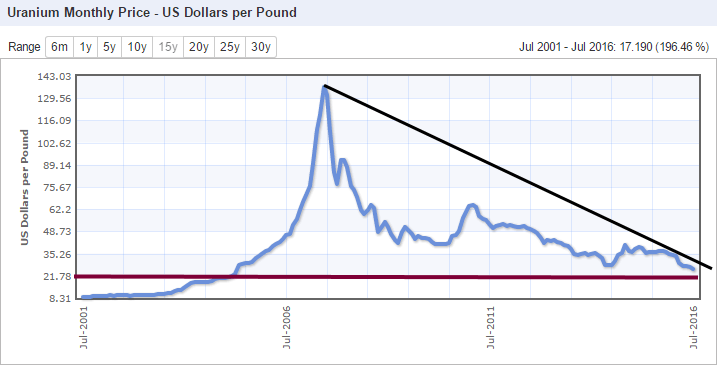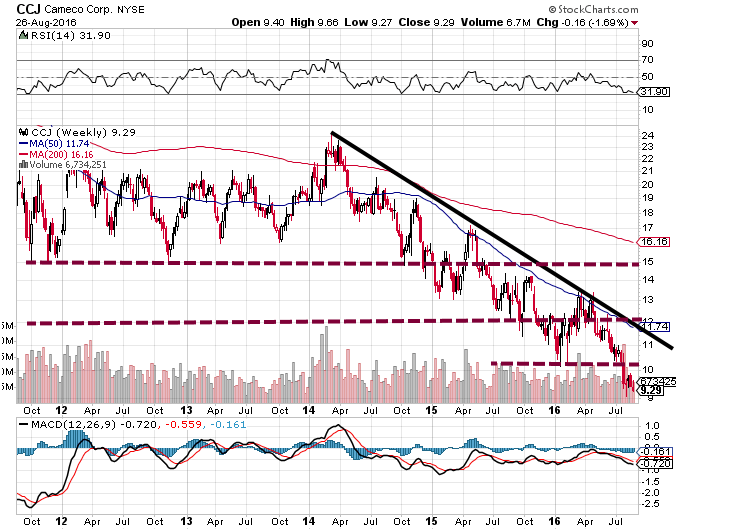
Introduction to Return on Investment in Real Estate
When investing in real estate, one of the most crucial metrics to understand is return on investment (ROI). ROI is a powerful tool that helps investors gauge the profitability and effectiveness of their real estate investments. In this article, we will dive deep into the concept of return on investment in real estate, exploring its definition, calculation methods, and the factors that influence it. By the end of this piece, you will have a comprehensive understanding of what ROI is and how it can help you make informed decisions in your real estate investment journey.
Defining Return on Investment in Real Estate
Return on investment is a financial metric that measures the profitability of an investment relative to its cost. In the context of real estate, ROI represents the percentage of profit or loss generated by a property investment compared to the amount of money invested. As real estate investor and author Brandon Turner explains, “ROI is the most important metric in real estate investing because it tells you how well your money is working for you.”
The basic formula for calculating ROI is:
ROI = (Gain from Investment – Cost of Investment) / Cost of Investment
For example, if you purchase a property for $200,000 and sell it for $250,000, your ROI would be:
ROI = ($250,000 – $200,000) / $200,000 = 0.25 or 25%
Different Methods of Calculating ROI in Real Estate
While the basic ROI formula provides a quick snapshot of an investment’s profitability, various methods of calculating ROI in real estate exist, each with its own advantages and limitations.
1. Cash-on-Cash Return
Cash-on-cash return is a popular ROI calculation that focuses on the annual return generated by the cash invested in a property. It is calculated by dividing the annual pre-tax cash flow by the total cash invested. This method is particularly useful for investors who finance their properties with a mortgage, as it takes into account the leverage used.
2. Capitalization Rate
Capitalization rate, or cap rate, is another commonly used ROI metric in real estate. It is calculated by dividing the net operating income (NOI) of a property by its current market value or purchase price. Cap rate provides a straightforward way to compare the potential returns of different properties, regardless of their financing structure.
3. Internal Rate of Return (IRR)
Internal rate of return is a more complex ROI calculation that takes into account the time value of money. IRR represents the annual rate of return that makes the net present value of all cash flows (both positive and negative) equal to zero. This method is favoured by investors who hold properties for longer periods and want to account for the timing of their cash flows.
Factors That Influence Return on Investment in Real Estate
Several key factors can impact the return on investment in real estate. Understanding these variables is crucial for investors seeking to maximize their ROI.
1. Location
Location is one of the most significant factors affecting real estate ROI. Properties in desirable areas with strong economic growth, low crime rates, and good schools tend to appreciate faster and generate higher rental income, leading to better returns.
2. Property Type and Condition
The type of property (e.g., single-family home, multifamily, commercial) and its condition also play a role in determining ROI. Properties that require extensive repairs or renovations may have lower initial ROI but can offer significant upside potential if improvements are made strategically.
3. Financing
The financing structure of a real estate investment can greatly impact ROI. Investors who use leverage (i.e., a mortgage) can potentially amplify their returns but also face higher risk. Interest rates, loan terms, and down payment requirements are all important considerations when evaluating the impact of financing on ROI.
4. Market Conditions
Real estate markets are dynamic and can experience fluctuations due to various economic, demographic, and political factors. Investors must stay attuned to market conditions, such as supply and demand, rental rates, and price trends, to make informed decisions that optimize their ROI.
Maximizing Return on Investment in Real Estate
To maximize return on investment in real estate, investors can employ several strategies:
1. Due Diligence
Thorough due diligence is essential before making any real estate investment. This includes researching the property, analyzing market trends, and conducting a comprehensive financial analysis to ensure the investment aligns with your goals and risk tolerance.
2. Value-Add Opportunities
Identifying properties with value-add potential can be a powerful way to boost ROI. This may involve making strategic renovations, improving property management, or repositioning the property to attract higher-paying tenants.
3. Long-Term Buy and Hold
Investing in real estate with a long-term horizon can be an effective strategy to maximize ROI. By holding properties for several years, investors can benefit from appreciation, tax advantages, and the power of compounding returns.
4. Diversification
Diversifying a real estate portfolio across different property types, locations, and investment strategies can help mitigate risk and optimize returns. As the adage goes, “Don’t put all your eggs in one basket.”
The Importance of Tracking and Evaluating ROI
Regularly tracking and evaluating the return on investment of your real estate portfolio is crucial for making informed decisions and adjusting your strategy as needed. By monitoring key metrics such as cash flow, appreciation, and occupancy rates, investors can identify areas for improvement and make data-driven decisions to optimize their returns.
As real estate mogul and Shark Tank star Barbara Corcoran advises, “The best way to predict the future is to track the past.” By keeping a close eye on your ROI and learning from your investment history, you can refine your approach and make more profitable decisions in the future.
Conclusion
Return on investment is a vital metric that every real estate investor should understand and utilize. By grasping the different methods of calculating ROI, the factors that influence it, and strategies to maximize it, investors can make more informed decisions and ultimately achieve their financial goals.
However, it’s important to remember that ROI is just one piece of the puzzle. Real estate investing also requires careful consideration of risk, market conditions, and personal objectives. As with any investment, there are no guarantees, and past performance does not necessarily indicate future results.
By combining a thorough understanding of return on investment with due diligence, strategic planning, and a long-term perspective, real estate investors can navigate the complex world of real estate with confidence and success.
Curated Curiosities: Exceptional Articles Worth Your Time

Decoding Success: Present Bias Examples in Investment Decisions

Trade Like a Pro: Your Comprehensive Bullish Divergence Cheat Sheet

Beyond Fear of Investing: Ignite Your Path to Wealth Creation

The Alpha Wolf Mentality: Cunning Tactics for Savvy Investors

A Powerful Symphony: Presidential Elections and the Stock Market Trends

Financial Foresight: Current Stock Market Trends 2016 Explored












